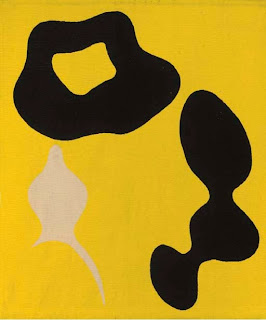WOW, Check out these pic's + works from the Mid-century designer Irving Harper’s farmhouse in Rye New York. His sculptures – made from scraps of paper, cardboard, matchsticks, and then secured with glue – are scattered throughout the house.
IRVING HARPER
1916-2015
Artist + designer
MUST SEE THIS BEAUTIFUL*SHORT VIDEO
ABOUT
If you’re unfamiliar with Irving Harper, let us brush you up. Harper created many of the now iconic modernist designs for Herman Miller and George Nelson. His designs are some of the most recognizable from the modern era, including the Ball Clock, the Marshmallow Sofa, and even the Herman Miller logo itself, a logo that has remained virtually unchanged since its original conception in the late 1940s. While his influence on modern design is indisputable and worth noting, it’s these images of his most personal work that have us intrigued.

While living and working in New York City in the 1960s, Harper began making paper sculptures as a way of relieving stress, using the most elementary tools to create these small works (they are secured with simple Elmer’s glue), creating the complex out of the ordinary. He used such varied works as Picasso’s Cubist pieces, to African and Southeast Asian art, to even pre-Columbian pieces as inspirations. Harper eventually stopped making his paper sculptures when he ran out of space in his home to display them. Rather than selling them to create space for new pieces, Harper simply stopped making them five years ago, explaining, “I did not need the money, but mostly because I admired them and I liked to have them around”.
courtesy of
Even though Irving Harper has ceased making his lovely paper sculptures and has also retired from the world of popular design, he has received a lot of deserved attention over the last few years. The above video was recently created for Herman Miller’s WHY design series and there’s also a 2010 New York Times write-up by Guy Trebay on Irving Harper that you can read more here.
& Special Thanks to M. Boodro @ Elle Decor for finding him.
Nelson clock
designed by Harper
clock designed by Harper
Another beautiful clock designed by Harper
Marshmallow Soft designed by Irving Harper 1954

















































































































